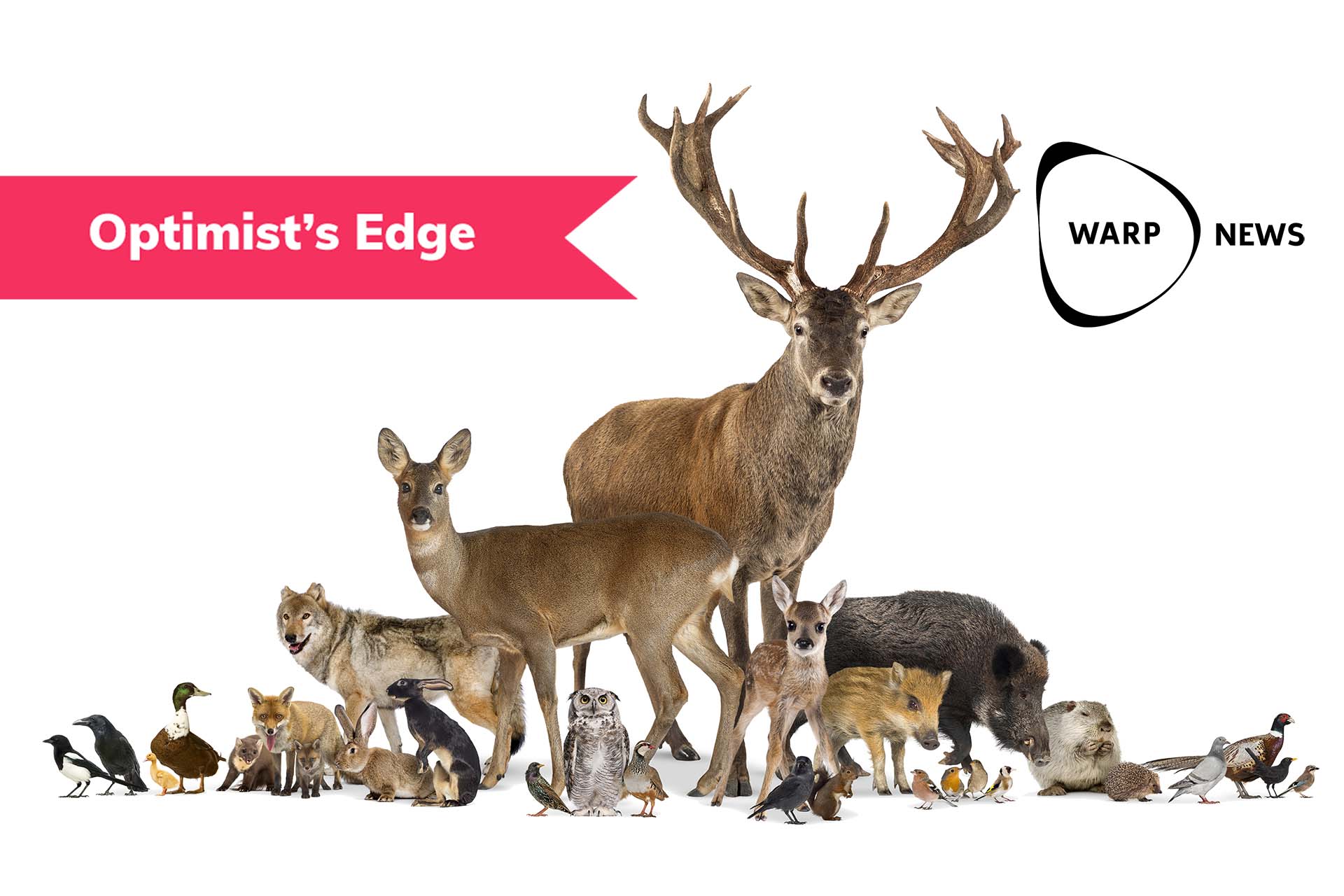
💡 The return of the wild animals
It is easy to imagine that wildlife is in decline in Europe. But that picture does not match up to reality. On the contrary, many species are making a comeback. In several ways, this is good news. Maria Eriksson explains why.
Share this story!
Summary
📉 What people think
Three out of four believe that wildlife in Europe is declining. This is according to a very recent survey that Warp had done.
📈 Here are the facts
There is a return of wild animals in Europe, which is confirmed by the Living Planet Index. Globally, there is a decline in the number of wild animals, but the differences are large between the countries - and in the richer countries of the world, the prevalence of wild animals is increasing.
💡 Optimist's Edge
Research shows that even in economic terms, we benefit from conserving nature rather than exploiting it. The reintroduction of wildlife is valuable to societies.
👇 How to get the Optimist’s Edge
You can contribute in many different ways to stimulate positive development for wildlife. It's about educating yourself and investing in new industries. As well as considering starting a business and finding a new profession where you make a difference.
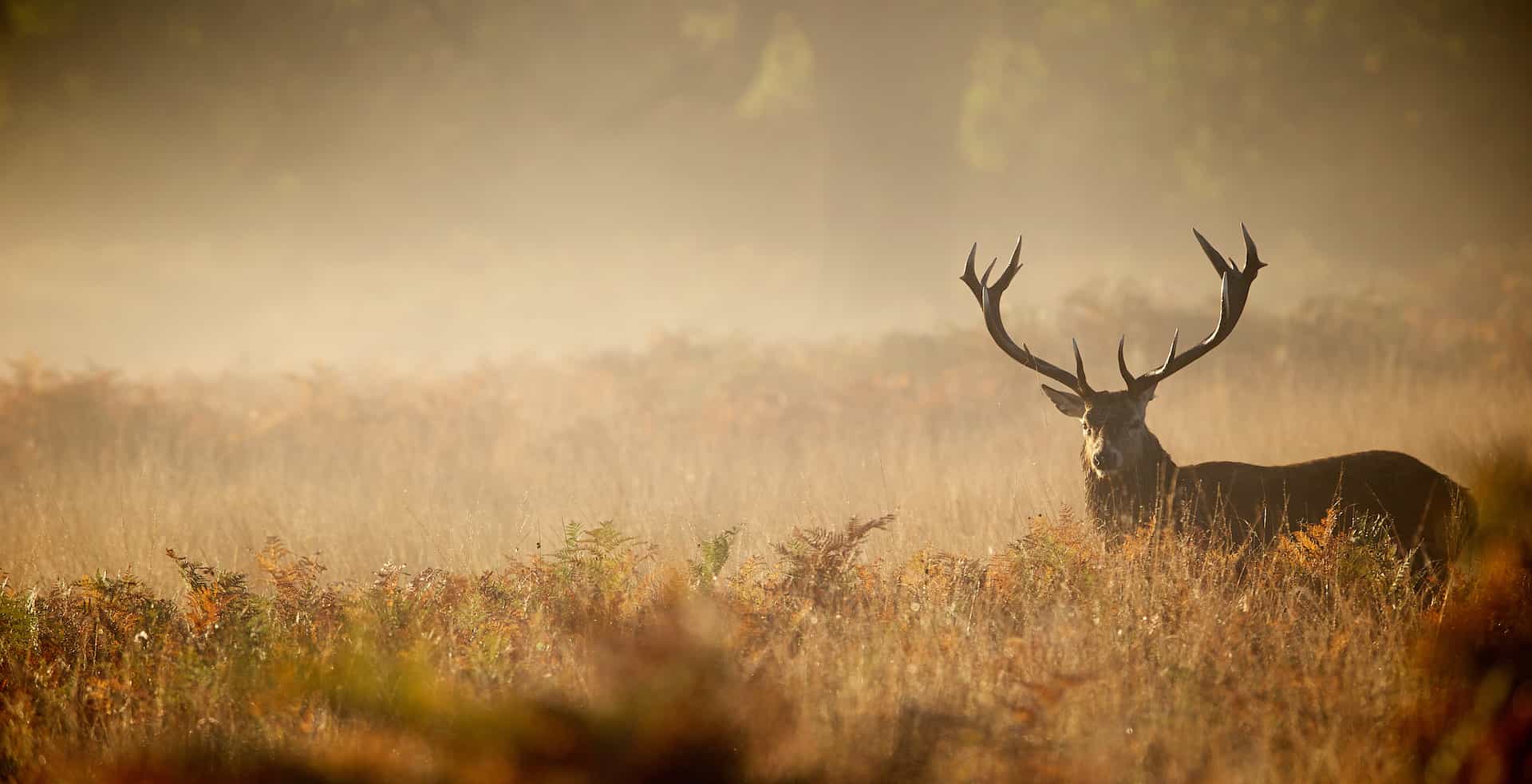
📉 What people think
It is easy to imagine that our modern lifestyle has created less space for wildlife. Life for us humans may not have been better before, but it surely was for the animals, right? One imagines how wild animals roamed freely outside people's backyards before population growth, modern means of transport, and urbanization came and ruined everything.
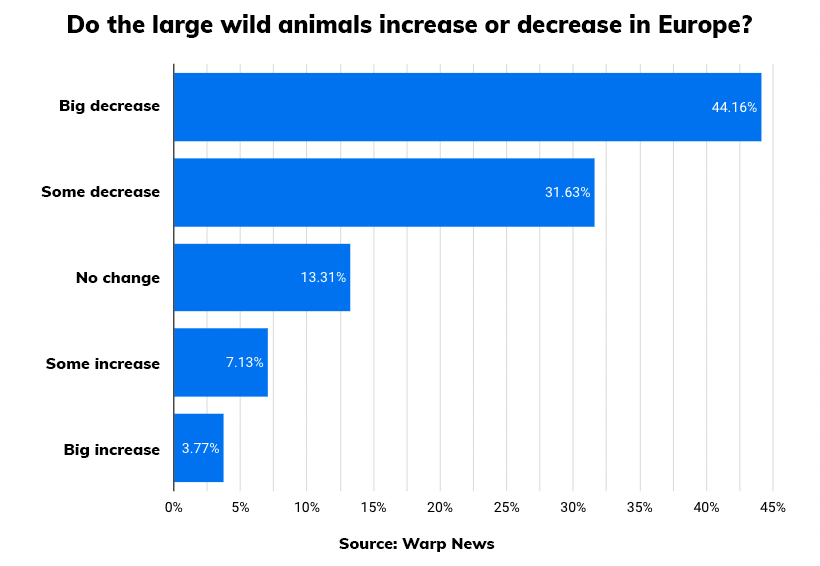
Fairly recently, a comprehensive research report was also published which pointed out that many plants and animal species around the world are threatened with extinction. In other words, it is not so surprising that three out of four respondents, in a survey commissioned by Warp News, believe that the number of larger wild animals in Europe is declining or declining sharply. But is it really true?
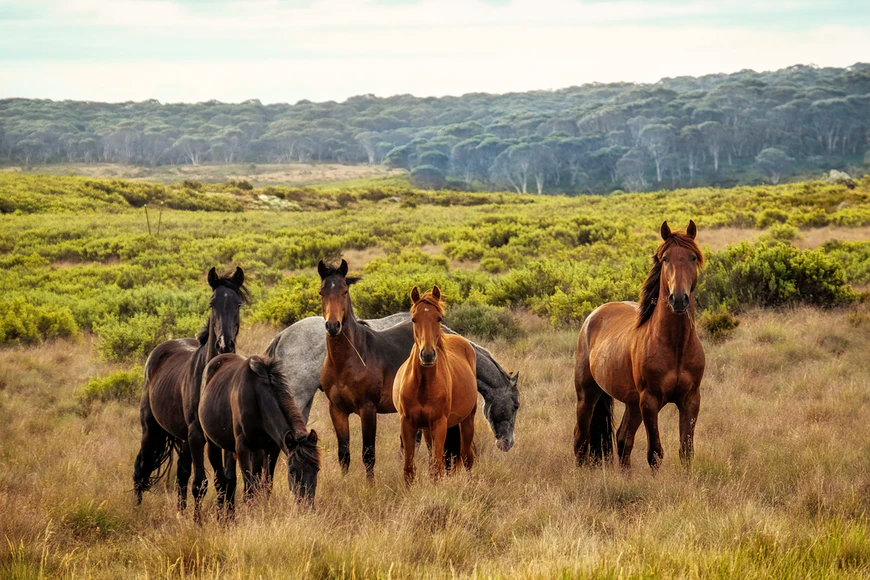
📈 Here are the facts
A couple of deer grazing in a field is not an unusual sight and you usually do not have to go very far outside the city to see them standing there. Maybe you are even one of those people who try in vain to prevent them from eating the whole flowerbed? But that has not always been the case. In the middle of the 19th century, Sweden had deer only on a few estates in Skåne. Today, however, they are spread throughout the country.
It's just one example of an animal species that has been almost completely extinct but has recovered. Did you know that also moose was rare in Sweden 150 years ago? Today there are around 300,000 moose. The beaver was completely extinct from Sweden at the end of the 19th century, today 100,000 of them live here. Lynx, brown bears and sea eagles are other examples of larger wild animals that have been close to extinction but have increased over time. The numbers of wolves and wolverines remain few, yet there are more than a few decades ago.
The protection of animals that have previously been hunted heavily, the reduction of certain environmental toxins, and better game management are some explanations for this success story.
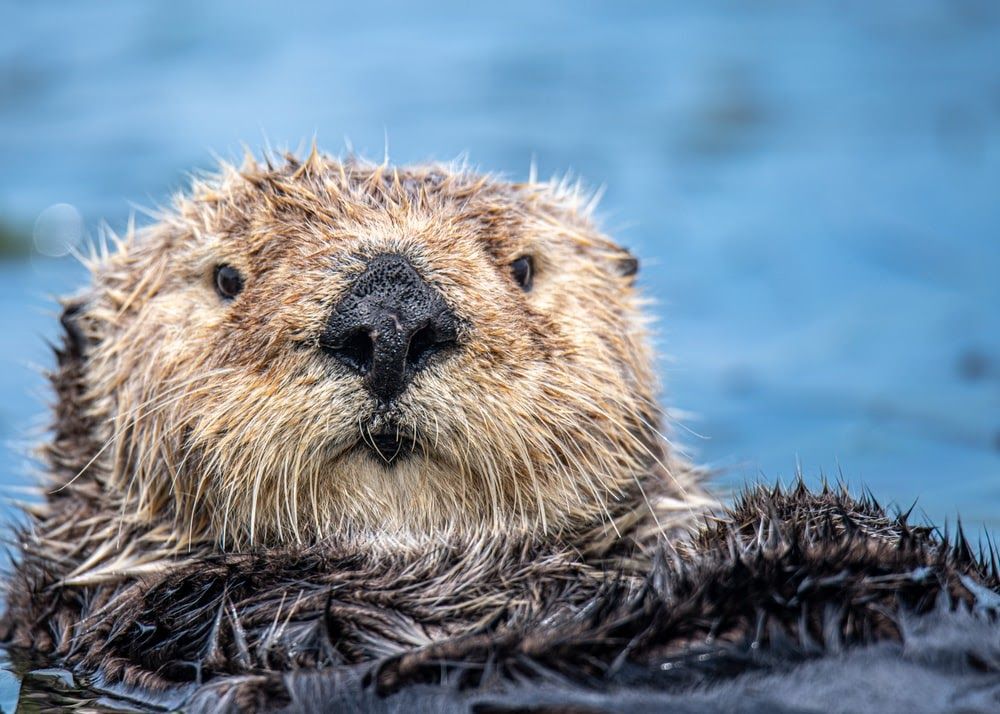
It's also possible to take examples from countries other than Sweden: The Spanish lynx that was almost completely extinct has recovered and the number of individuals is now ten times greater than twenty years ago. The beavers have returned to England after being away for several hundred years. Capricorn is recovering in the Alps.
The return of wildlife in Europe is confirmed by the Living Planet Index, which measures how biodiversity in different regions has changed over time by studying the presence of more than 4,300 vertebrates over a 50-year period. Globally, the index shows a worrying decline in the number of wild animals. But if you break it down based on income level, it appears that the amount of wild animals has actually increased in the richer countries of the world. A big decline is currently happening in low-income countries.
Max Roser, founder of Our World in Data, explains the development with the fact that while the population in richer countries has increased during this time period, "[m] a yield from agriculture has increased even more, which has made it possible to increase food production, while the land used for agriculture is declining - which has left more room for wildlife ”.
Economic prosperity in itself can also be a factor that contributes to more wildlife. It is easier to invest in, for example, frog tunnels if you live in relative prosperity than the opposite.
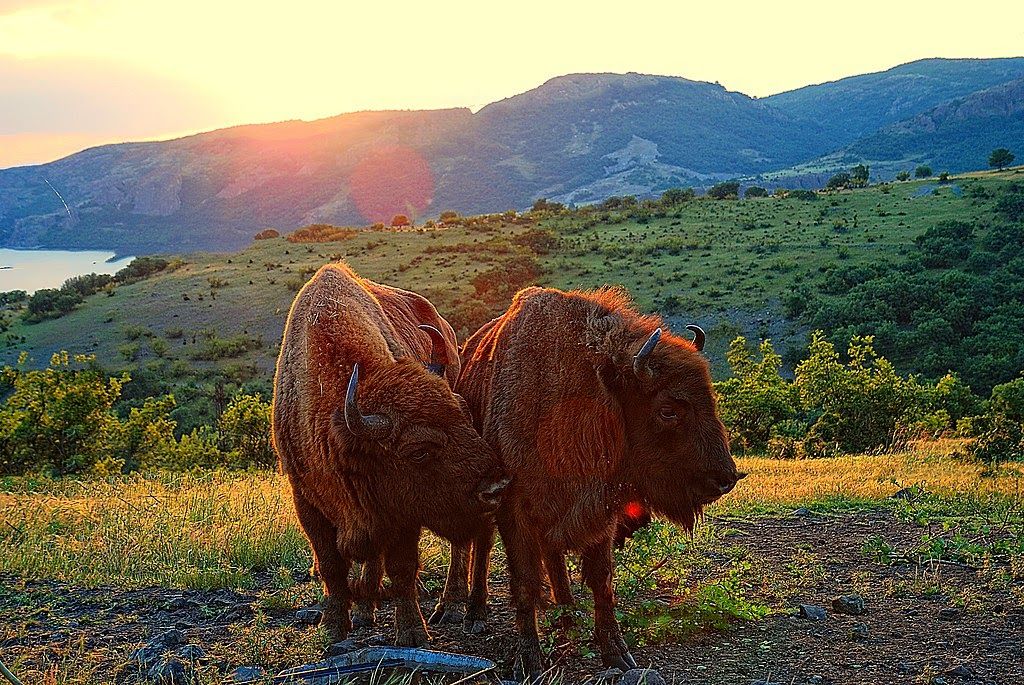
A contributing reason why many wild animals increase in number is also due to efforts in the form of what's referred to as rewilding.
Rewilding can be both a passive process where you create space for animals and nature and an active process where you introduce animals that have disappeared from an area. Rewilding Europe is, for example, an organization that works to make Europe a "wilder place" through a long list of different initiatives from the Apennines in the south to Swedish Lapland in the north.
It can be a matter of buying land, creating game corridors, or raising animals that are later released. Among other things, they are working to make Europe a place that is once again trampled by herds of wild horses and bison. The European bison was once widespread throughout most of Europe but was heavily hunted and in 1927 the last was shot. Through various breeding programs and reintroduction, there are now approximately 7,000 individuals in Germany, Switzerland, Poland, Romania, and Bulgaria, among others.
Eight years ago, Rewilding Europe published a study on the status of various wild animals in Europe. It showed that several species of mammals and birds that had been endangered had increased in both numbers and are present over larger areas since the middle of the 20th century. In the spring of 2022, a follow-up report will be published, but already now there are indications that "many wild species have made a spectacular return across Europe in the last four decades".
💡 The Optimist's Edge
So what do we learn from this? There's no inherent contradiction between modern, high-tech society and a rich presence of wild animals. Coexistence is possible. New efficient ways of producing food that requires smaller fields, such as farmed meat or vertical farming, can also leave even more room for animals and nature.
Economic growth, increasing urbanization, and slowing population growth in many poor countries are also good news for wildlife. Although in this article we have focused on the comeback of wild animals in Europe, there are positive examples of conservation of animal species from other continents as well. The number of Indian rhinos is increasing. The number of gorillas in the Congo turns out to be significantly more than the researchers thought. The giant panda is no longer classified as endangered in China. And the Jaguars have made a comeback in Argentina.
This is of course good news for anyone who appreciates wildlife. Nature offers fantastic opportunities for recreation and nature tourism is a rapidly growing industry. Proximity to nature can also reduce stress and make us feel better.
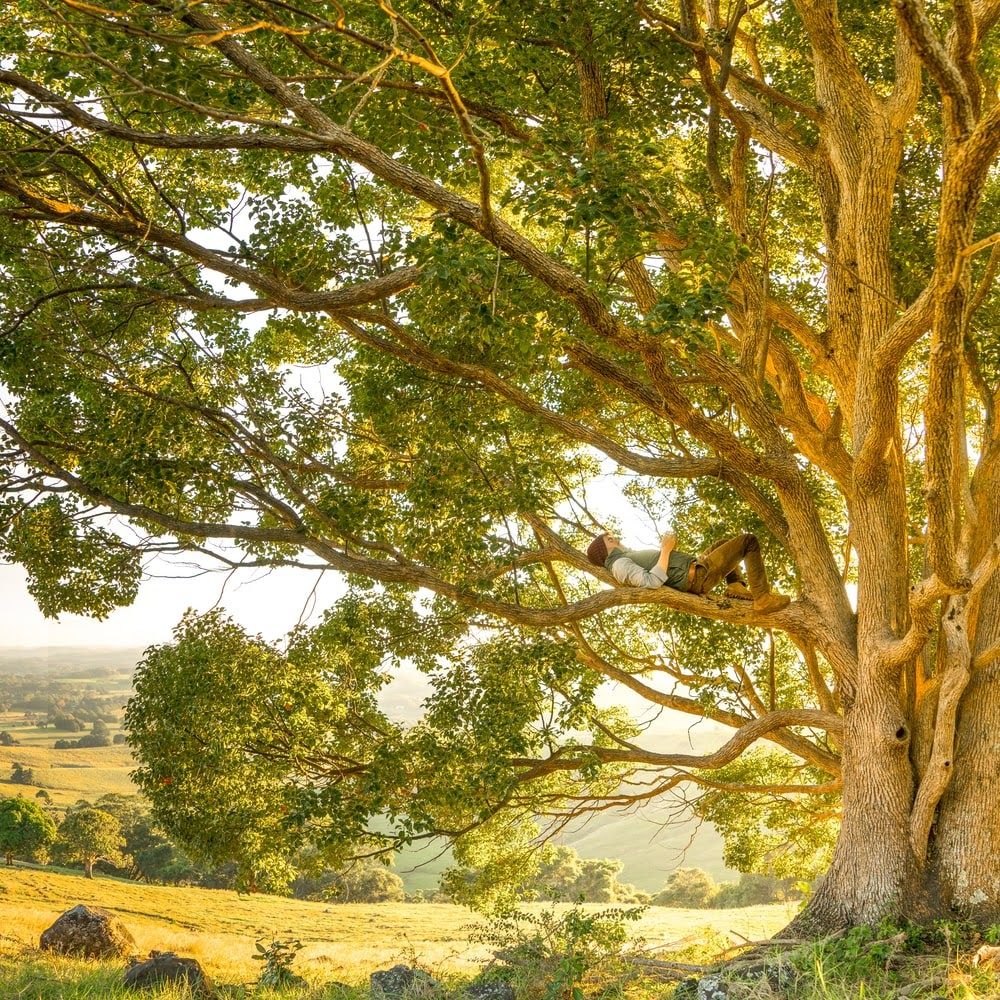
There is also research that shows that even in economic terms, we benefit from conserving nature rather than exploiting it, thanks to various so-called ecosystem services that wild nature contributes. This can, for example, be about storing carbon dioxide or contributing to better air and water quality. Larger wild animals, not least predators, play an important role in ecosystems to control populations of animals further down the food chain. An increased occurrence, or reintroduction, of these animals, can therefore contribute to more sustainable ecosystems. Which is beneficial for both other animals and humans.
There is still a lot to do. Many species and ecosystems are endangered. This applies not least to the fauna in the oceans, but there is research that indicates that we can repair the damage there as well, among other things through more sustainable fishing and reduced pollution.
👇How to get the Optimist’s Edge
Invest in nature tourism
Nature tourism is a rapidly growing form of tourism. On the African continent, 70-80 percent of tourism is related to wildlife. In Europe, the corresponding figure is seven percent. In other words, there is great potential here. Not least when it becomes easier to see different wild animals.
- At Visit Sweden you can read more about nature tourism. Some exciting trends right now for those of you who want to start a company in nature tourism, or who already work with travel, food, overnight stays, or outdoor activities and want to take advantage of the increased interest in nature: Digital detox - help people get out into nature and turn their phones off. Slow travel - walking, train travel, cycling are some examples. Back to the roots - create products or experiences that are connected to different traditions or where you get to meet locals. Holistic health - nature as a place for exercise, relaxation, and improved mental health.
- Soft adventures, or short adventures in everyday life, is another trend. Even if there are not many large predators right where you live, maybe you can arrange a beaver safari, go out into the woods to see where wild boar has dug up the ground, or arrange game reconnaissance with a deer guarantee?
- There is also great interest in various apps, podcasts, and virtual nature experiences that help the user to navigate the wilderness or participate from home on the couch. This also means an opportunity to reach a customer base that is spread across the world.
- Here is a compilation of different educations for those of you who would want to work as a nature guide or any similar profession.
Contribute to the return of wild animals
Donate money to Rewilding Europe to support their work for more wild lynx, bears, horses, and other animals.
Develop technology that helps preserve nature. Cameras, sensors, GPS necklaces, and drones are some of the technologies used today.
The arctic fox is one of the species that remain endangered in Europe, here you can help the WWF save them.
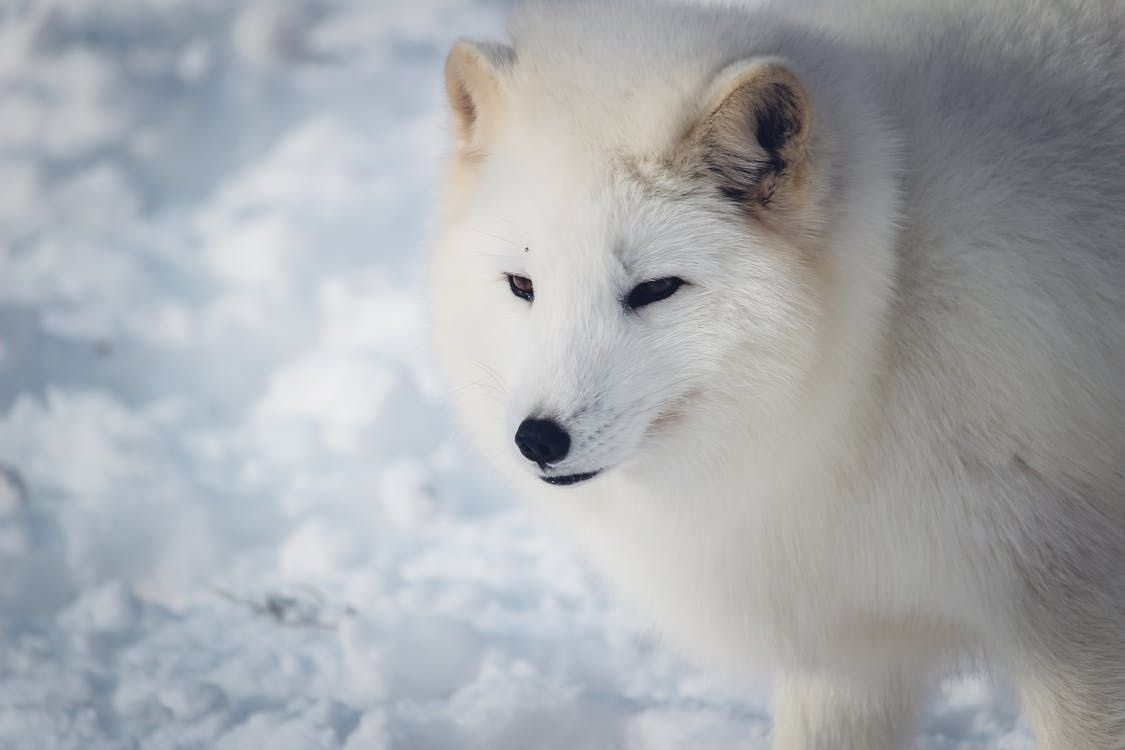
Facts: Pleistocene rewilding
A more far-reaching form of rewilding is about reintroducing the megafauna that existed more than 10,000 years ago, or at least animals that play a similar role in ecosystems. In addition to the promotion of musk oxen, mouflon sheep, bison, and a wide range of other animals, it could, for example, involve the reintroduction of lions or elephants that previously existed in Europe.
Source: Wikipedia
❓What else can you do?
Feel free to share more ideas with other Premium Supporters in our Facebook group.
By becoming a premium supporter, you help in the creation and sharing of fact-based optimistic news all over the world.


